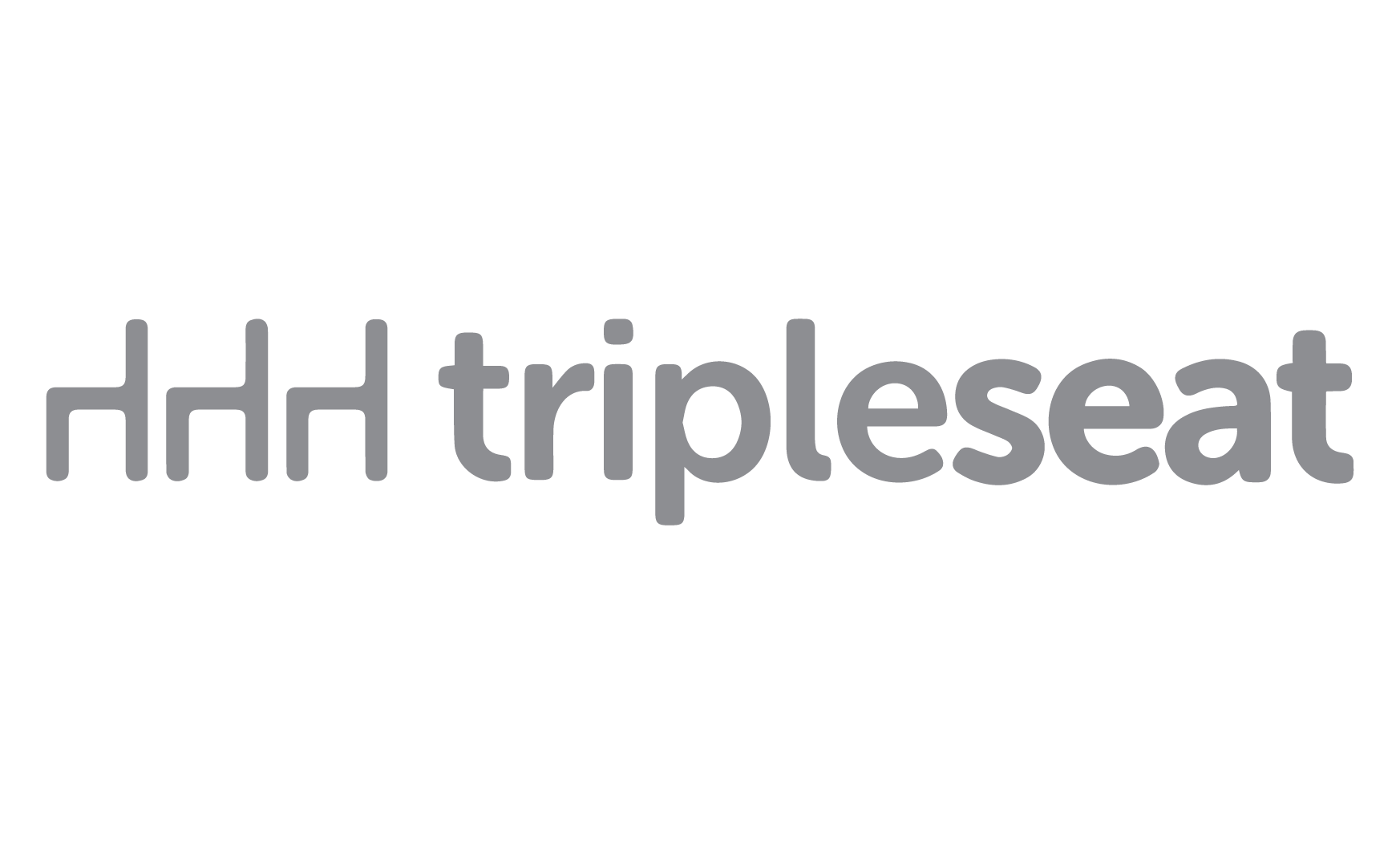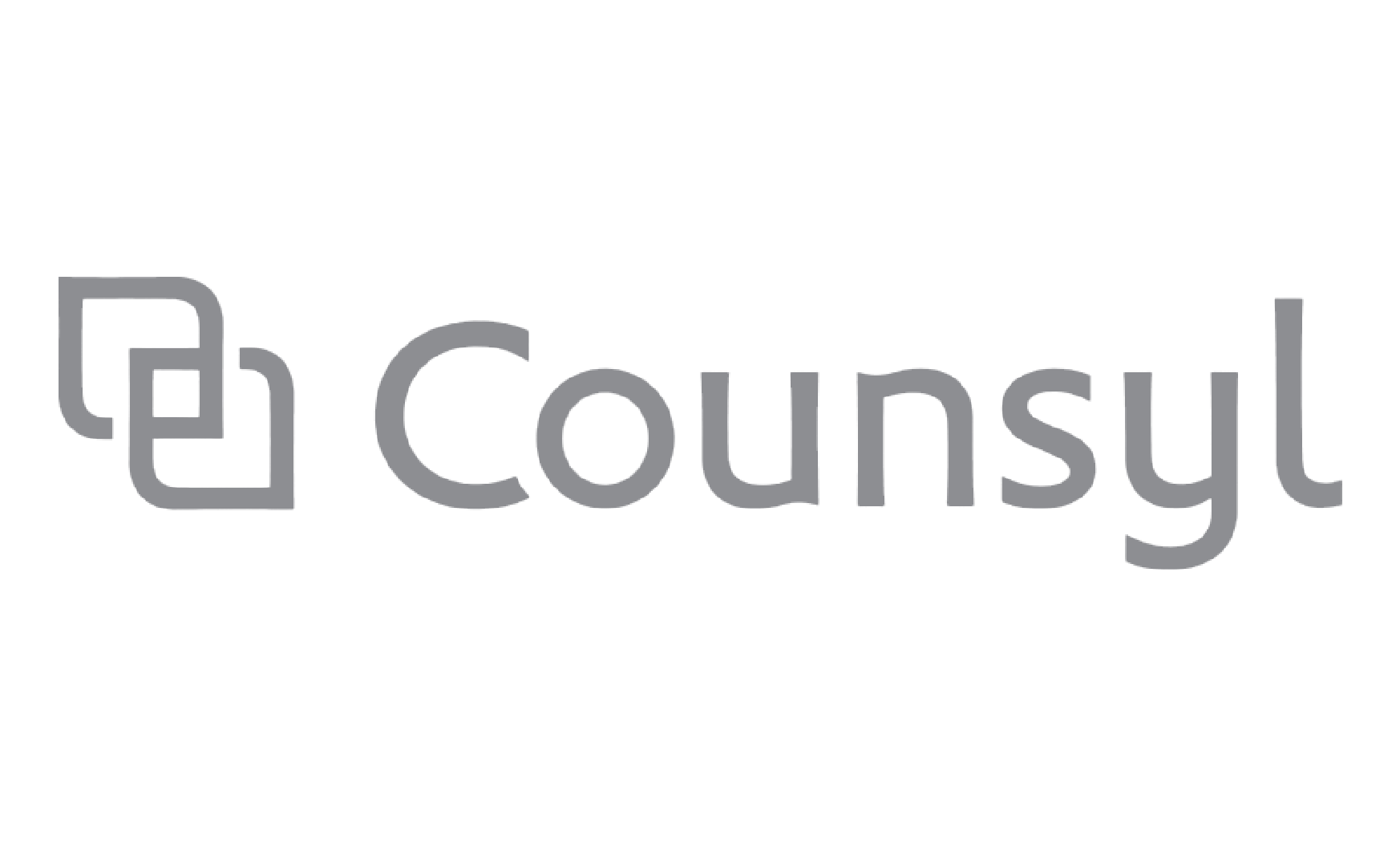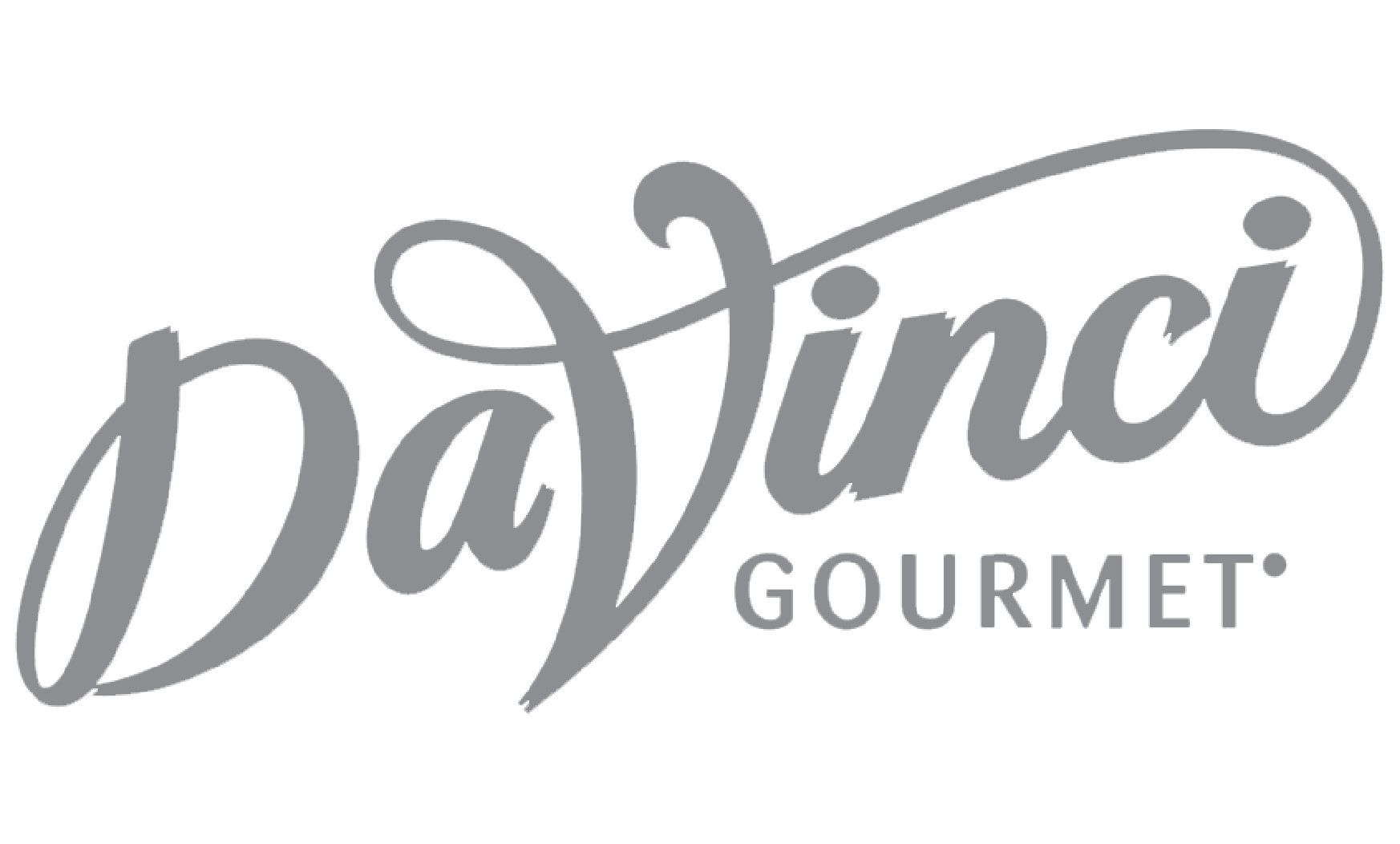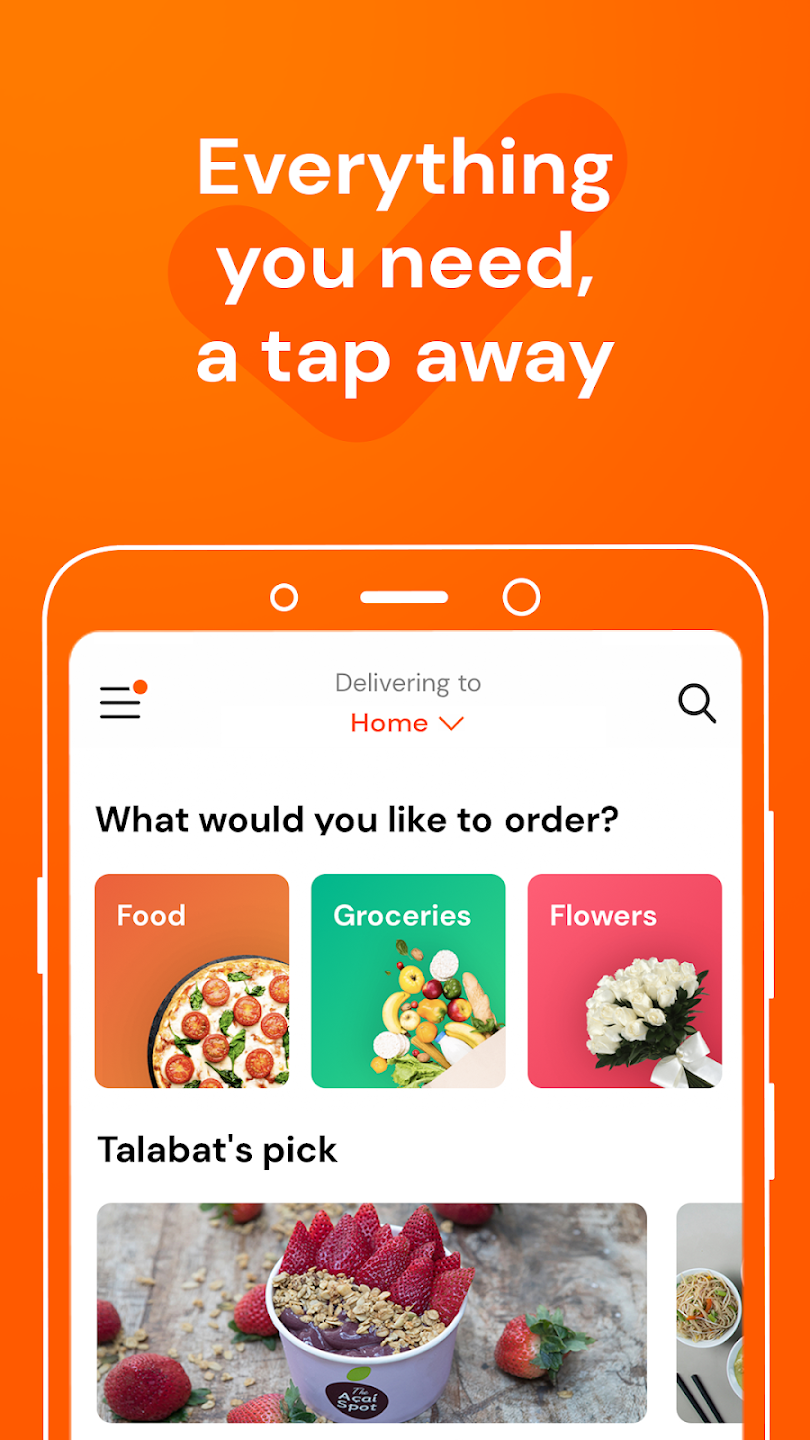We specialize in creating visually stunning and highly functional front-end experiences for ecommerce websites.
Ecommerce Front-End Development
Custom UI/UX Design
- User research and persona development
- Wireframing and prototyping
- Typography and color scheme selection
- Iconography and visual hierarchy
- Accessibility considerations
- Mobile-first design approach
- Usability testing and feedback gathering
- Iterative design improvements
Responsive Web Design
- User research and persona development
- Wireframing and prototyping
- Typography and color scheme selection
- Iconography and visual hierarchy
- Accessibility considerations
- Mobile-first design approach
- Usability testing and feedback gathering
- Iterative design improvements
Responsive Web Design
- Fluid grid layouts
- CSS media queries
- Flexible images and media
- Touch-friendly navigation
- Mobile-first approach
- Device and browser testing
- Responsive typography
- Performance optimization for mobile devices
Interactive Product Catalogs
- High-quality product images
- Detailed product descriptions
- Product filtering and sorting options
- User reviews and ratings
- Product recommendations
- Wishlist and comparison features
- Dynamic pricing and inventory updates
- Personalized product suggestions
Streamlined Checkout Process
- Single-page checkout
- Guest checkout option
- Multiple payment methods
- Address auto-fill
- Real-time shipping quotes
- Order tracking and status updates
- Trust signals and security features
- A/B testing and optimization
- List Item
Search Functionality
- Keyword-based search queries
- Advanced filtering options
- Auto-complete and predictive search
- Faceted search functionality
- Search result optimization
- Search analytics and reporting
- Voice search capabilities
- Personalized search results
NEED Ecommerce Front-End Development SERVICES
Innovate with mobile app solutions with us, reach us to get started
01
Enhanced User Experience (UX)
A well-designed front-end enhances user interaction, making navigation intuitive and seamless.
02
Improved Brand Image
A visually appealing and user-friendly interface reflects positively on your brand, increasing trust and credibility among users.
03
Higher Conversion Rates
An optimized front-end with streamlined checkout processes and intuitive product catalogs can lead to increased conversions and sales.
04
Mobile Responsiveness
Responsive design ensures that your website adapts to various devices and screen sizes, catering to mobile users and improving accessibility.
Why Choose Digital Brain Media?
Get a Free Quote
Innovate with mobile app solutions with us, reach us to get started
TECHNOLOGIES WE FOCUS ON

JAVA

KOTLIN

PYTHON

REACT JS

ANGULAR JS

C#
OUR CLIENTS











CASE STUDIES
OPTIMIZE YOUR BUSINESS PROCESSES
Innovate with mobile app solutions with us, reach us to get started

User-Centric Design
eCommerce front-end development prioritizes user-centric design principles to create intuitive, engaging, and seamless shopping experiences. User interface (UI) and user experience (UX) design play a critical role in optimizing website usability, navigation, and conversion rates.
Mobile Responsiveness
With the increasing prevalence of mobile shopping, eCommerce front-end development emphasizes mobile responsiveness to ensure that online stores are accessible and functional across various devices and screen sizes. Responsive design techniques enable a consistent and optimized experience for mobile users.


Performance Optimization
Performance optimization is crucial in eCommerce front-end development to ensure fast loading times, smooth navigation, and efficient checkout processes. Techniques such as code optimization, image compression, lazy loading, and caching help improve website speed and responsiveness, enhancing the user experience and reducing bounce rates.
FAQ
Ecommerce Front-End Development involves the creation and optimization of the user interface and experience (UI/UX) of an online store, including elements such as navigation, product listings, checkout processes, and design aesthetics.
Front-End Development plays a crucial role in Ecommerce as it directly impacts user interaction, conversion rates, and overall customer satisfaction. A well-designed and intuitive front-end enhances the shopping experience, leading to higher sales and customer retention.
Technologies commonly used in Ecommerce Front-End Development include HTML, CSS, JavaScript, front-end frameworks like React or Angular, and UI/UX design tools such as Sketch or Adobe XD.
By focusing on usability, accessibility, and visual appeal, Ecommerce Front-End Development ensures a seamless and enjoyable shopping experience for users, leading to higher engagement, increased conversions, and improved brand loyalty.
Key elements of a well-designed Ecommerce Front-End include intuitive navigation, clear product categorization, high-quality product images, informative descriptions, easy-to-use search functionality, and a frictionless checkout process.
Responsive design ensures that the Ecommerce website adapts seamlessly to various devices and screen sizes, providing a consistent and optimized experience for users accessing the site from desktops, laptops, tablets, and smartphones.
SEO (Search Engine Optimization) is essential in Ecommerce Front-End Development as it helps improve the visibility and ranking of the online store in search engine results pages (SERPs), driving organic traffic and increasing the chances of attracting potential customers.
Optimizing page load times involves techniques such as minimizing HTTP requests, optimizing images and multimedia content, leveraging browser caching, and using content delivery networks (CDNs) to serve content faster to users.






